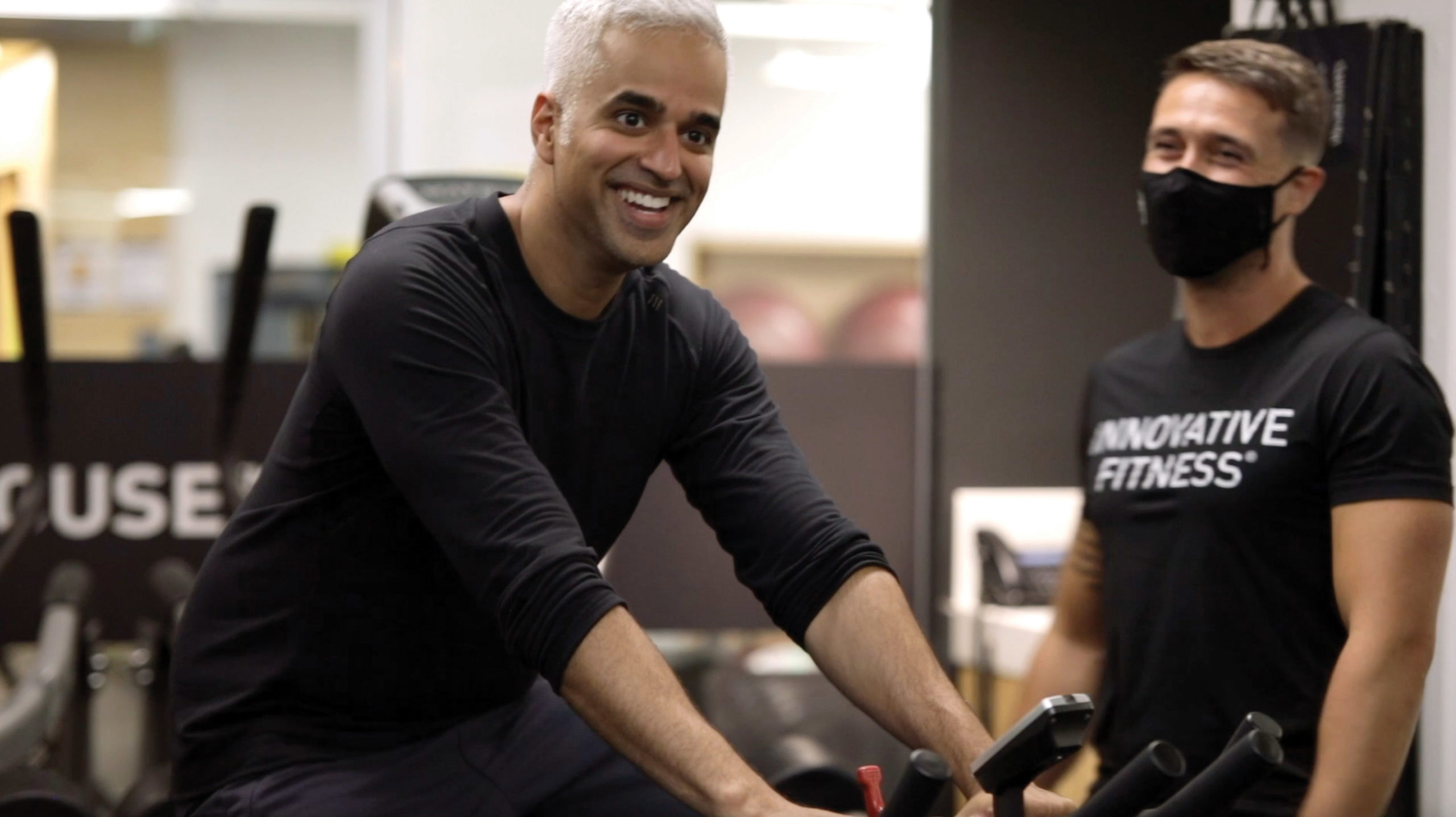A heart rate monitor can be a helpful tool in training. Tracking your heart rate with a monitor (which reads your pulse via a sensor built into a chest strap) tells you precisely how hard your heart is working.
Measuring your heart rate can help you keep from making one of the most common mistakes that runners of all abilities make – running too fast, or too slow. Setting a good pace while exercising ensures you get the most out of your time.
Here’s how to effectively use a heart rate monitor to maximize your results:
Know Your Zones
When you work out using a heart rate monitor, you’ll aim to work out within a specific zone. Hitting a “zone” means falling within a particular percentage of your max heart rate during every workout. For example, 65% to 80% for most runs, and 90% or more as you blaze to a fast race finish. Finding your ideal zones takes a little bit of math.
Know Your Numbers
Athletes have been told to monitor their heart rate based on their maximum heart rate – using a formula of 220 minus your age. Unfortunately this formula isn’t accurate for most people. It’s better to monitor your heart rate based on something known as your heart rate reserve.
Here’s how to find it:
- Get your max heart rate. On a track or flat stretch of road, run one kilometer easy to warm up, then run two kilometers at the fastest pace that you can sustain, trying to run each kilometer and each lap at roughly the same pace. Look at your heart rate monitor, and see the maximum heart rate number that was hit. That is a good estimate of your max heart rate.
- Get your resting heart rate. Take your pulse at your neck or on your wrist as soon as you wake up, before you get out of bed. Find out how many beats per minute by counting your pulse for a full 60 seconds. Do this every day for one week, and calculate the average.
- Find your heart rate reserve. Your heart rate reserve (HRR) is your max heart rate minus your resting heart rate.
- Understand your zones. To find out which numbers to target on which runs, multiply your heart rate reserve by the zone you’re running in and then add back your resting heart rate.
Here’s an example:
- Let’s say you have a max heart rate of 190 and a resting heart rate of 60. Your heart rate reserve would be 190 – 60 = 130.
- For a warm up, when you should be targeting your 65% zone, use this formula: Heart rate reserve x 65% + Resting heart rate
- 130 x 0.65 = 84.5 + 60 (Resting heart rate) = 144.5
- So you’d target about 144 for your warm up. If the number is higher, you’re working too hard. If it’s lower, you need to pick up the pace.
Know Your Limits
Even when you know your max heart rate and training zones, realize that there are limitations when using a heart rate monitor to gauge how hard you’re working out. If you’re wearing your heart rate monitor in a gym, the signals from the machines can interfere with an accurate reading. Also, certain other factors that have little to do with your level of fitness will impact your heart rate. If you’re dehydrated, if it’s a hot day, or if you’re in pain, your heart rate might skyrocket, even if you’re running at a slower pace. Certain medications, such as beta-blockers and some migraine medicines, will affect the numbers you see on your heart rate monitor. Similarly, if you’re going up a hill, you may have to slow your pace just to maintain the same intensity. In some cases you may have to walk.
Decide if Heart Rate Monitoring is For You
Having a heart rate monitor can keep you from starting out too fast and burning out before you’ve reached the goal distance and duration of the workout. Staying in your ideal zone of 60% to 80% will help you practice running in that relaxed, comfortable pace that you want to hit for most of your runs.
However, if you’re new to working out, it is best to work by feel at first. Spend time getting into a rhythm of walking or running that feels comfortable enough to hold a conversation. It takes a while to get to a point where the running feels relaxed and natural. Once you do, you should target that feeling during each run.
—
Stephen Jamieson
Professional Training Coach
Innovative Fitness Kitsilano






